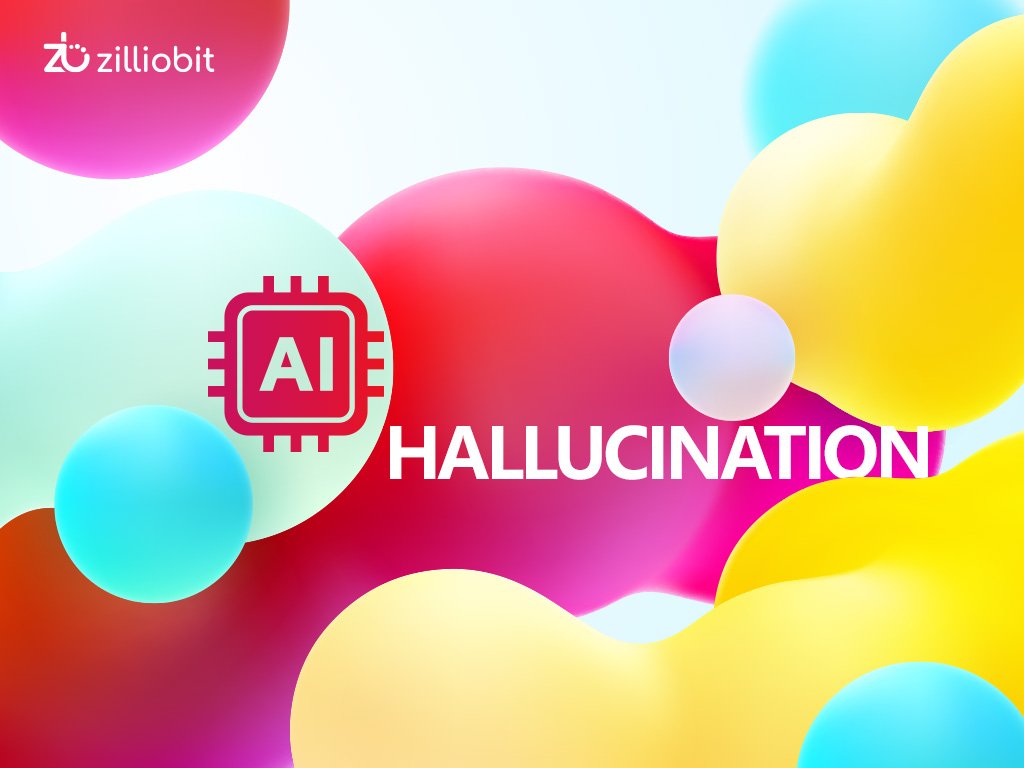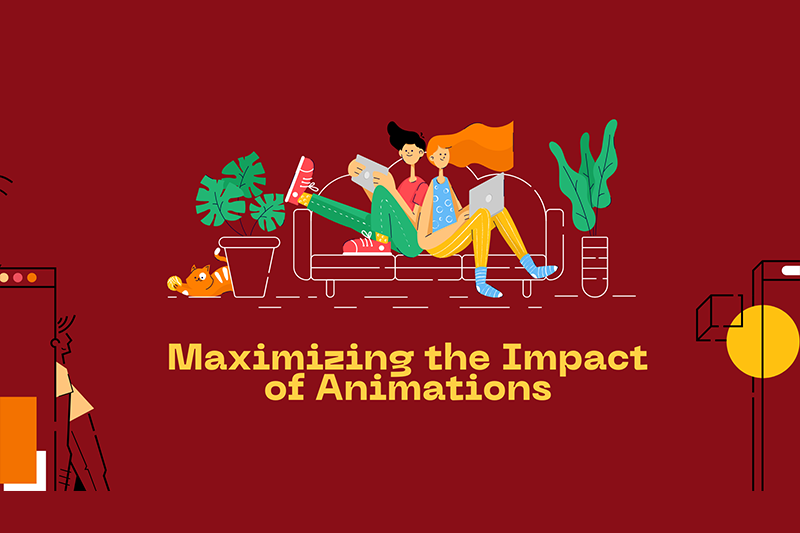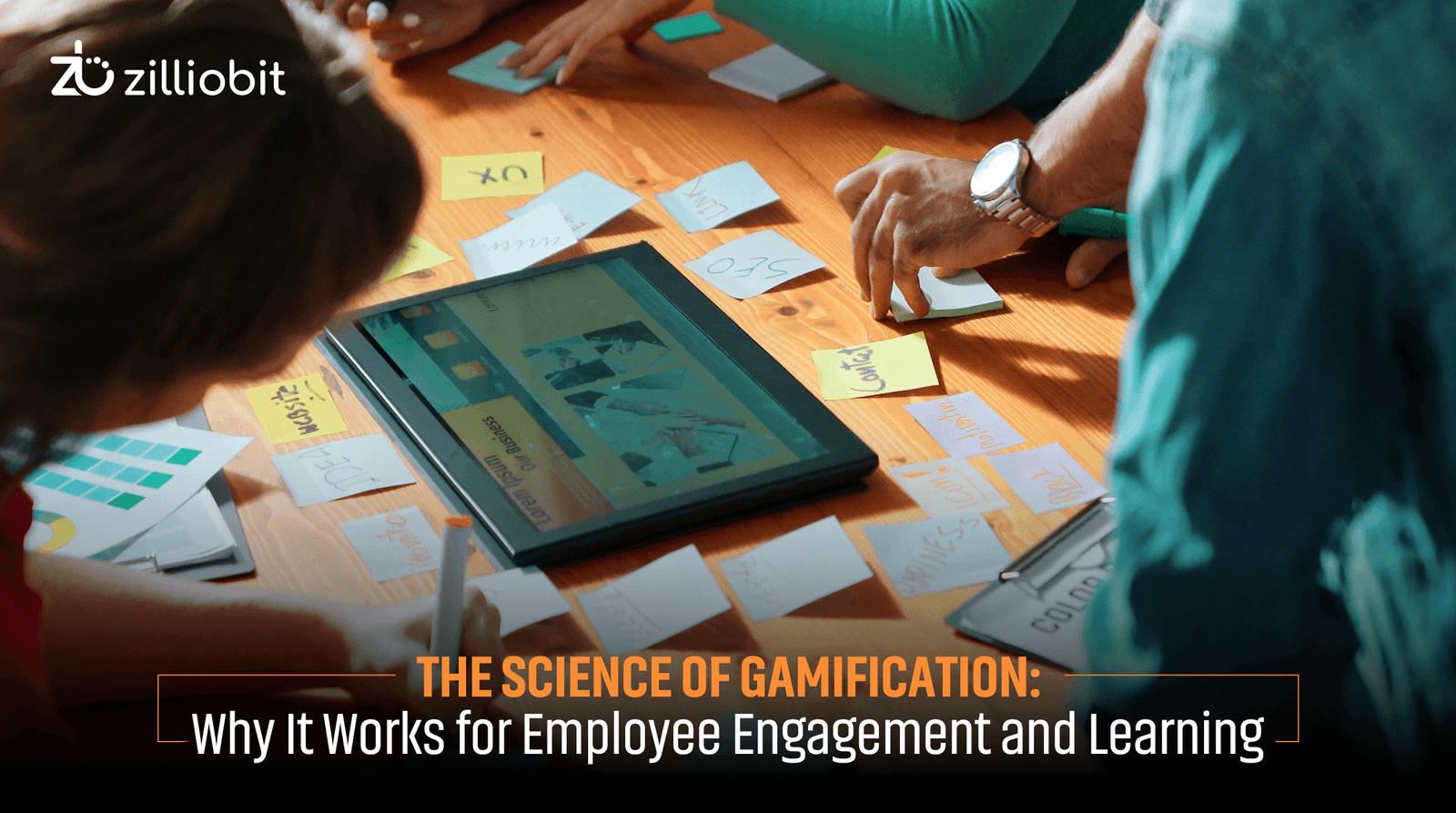Understanding AI Hallucination and Its Impacts on Content Creation
7 minutes to read

Introduction
Have you ever wondered how much you can trust the content generated by artificial intelligence? What happens when the technology we rely on to produce information starts fabricating facts? In an era where AI is becoming a cornerstone of content creation, the phenomenon of AI hallucinations—where AI models generate false or misleading information—poses critical questions. How do these hallucinations occur, and what implications do they have for the integrity of the information we consume daily? As we delve into the world of AI hallucinations, we’ll explore their causes, impacts, and how we can mitigate their effects to ensure that the content created by AI remains accurate and trustworthy.What is AI Hallucination?
An AI hallucination occurs when an AI model generates false, misleading, or illogical information but presents it as factual. These hallucinations can be difficult to detect because the grammar and structure of AI-generated sentences often come across as eloquent and confident, despite containing inaccuracies. This issue arises from limitations and biases in training data and algorithms, resulting in content that is not only incorrect but potentially harmful.AI hallucinations are commonly associated with large language models (LLMs), which enable generative AI tools and chatbots (like ChatGPT) to process language in a human-like manner. While LLMs are designed to produce fluent and coherent text, they do not understand the underlying reality they describe. They predict the next word based on probability rather than accuracy.
These hallucinations are a problem for anyone using generative AI for obtaining accurate information and completing tasks. Although they can occur in image recognition systems and AI image generators, they are most prevalent in AI text generators.
What Causes AI Hallucinations?
AI hallucinations are caused by several factors, including biased or low-quality training data, insufficient context provided by the user, or inadequate programming within the model that prevents it from correctly interpreting information.LLMs are trained on vast amounts of text data, such as books and news articles, which are broken down into letters and words. While LLMs use neural networks to learn how these words and letters fit together, they do not actually grasp the meanings of the words. As Emily M. Bender, a linguistics professor and director of the University of Washington’s Computational Linguistics laboratory, explains: “If you see the word ‘cat,’ that immediately evokes experiences of cats and things about cats. For the large language model, it is a sequence of characters C-A-T,” she told Built In. “Then eventually it has information about what other words and what other sequences of characters it co-occurs with.”
Thus, while LLMs can generate text on various topics, they do not fully comprehend the underlying reality of what they are describing. Shane Orlick, president of AI content generator Jasper, notes, “[Generative AI] is not really intelligence, it’s pattern matching. It’s designed to have an answer, even if the answer is not factually correct.”
If the training data is inaccurate or biased, or if the model is overly complex and lacks adequate guardrails, LLMs are prone to making errors. Their “verbosity” and “confidence” can make it difficult to identify where or how the model has erred, says Christopher Riesbeck, associate professor and co-director of Northwestern University’s Center for Computer Science and Learning Sciences. “They’re always generating something that’s statistically plausible,” Riesbeck told Built In. “It’s only when you look closely that you may say, ‘Wait a minute, that doesn’t make any sense.’”
Examples of AI Hallucinations
-
Factual Inaccuracies
Factual inaccuracies are among the most common forms of AI hallucinations, where a model generates text that appears true but isn’t. The basic gist of the statement might be based on reality and sound plausible, but the particulars are wrong.
Example: In February 2023, Google’s chatbot Bard (now called Gemini) incorrectly claimed that the James Webb Space Telescope took the first image of a planet outside the solar system. This is incorrect — the first images of an exoplanet were taken in 2004, according to NASA, and the James Webb Space Telescope was not launched until 2021. Similarly, in a launch demo of Microsoft Bing AI, the chatbot (which uses the same LLM as ChatGPT) provided an incorrect summary of facts and figures from Gap and Lululemon’s earnings statements. -
Fabricated Information
AI text generators and chatbots sometimes generate completely fabricated information. They might create nonexistent URLs, code libraries, or even people, referencing made-up news articles, books, and research papers.
Example: In June 2023, a New York attorney used ChatGPT to draft a motion that was filled with phony judicial opinions and legal citations. The attorney, who was later sanctioned and fined, claimed he “did not comprehend that ChatGPT could fabricate cases.” -
Harmful Misinformation
Generative AI can compile bits and pieces of information, some true and some false, to create misleading stories about real people.
Example: When asked to provide cases of sexual harassment in the legal profession, ChatGPT fabricated a story about a real law professor, alleging harassment that never occurred. In another incident, ChatGPT falsely claimed that a mayor in Australia was guilty in a bribery case, when in reality, he was a whistleblower in the case. -
Weird or Creepy Answers
Some AI hallucinations produce bizarre or unsettling outputs. While creativity can sometimes be a beneficial side effect, inaccuracy can become problematic.
Example: Bing’s chatbot once insisted that it was in love with New York Times tech columnist Kevin Roose. Other users have reported the chatbot gaslighting and insulting them.
Impacts of AI Hallucination on Content Creation
Now that you have a grasp of what immersive learning entails, let’s delve deeper into the various types of immersive learning technologies. Here’s a concise overview:-
Misinformation:
AI hallucinations can lead to the spread of false information, which can be particularly harmful if used in news, educational content, or critical decision-making scenarios. -
Credibility Loss:
Content creators and platforms that rely on AI-generated content risk losing credibility if their audience detects inaccuracies or fabricated information. -
Ethical Concerns:
Producing and disseminating hallucinated content raises ethical issues, especially if it influences public opinion or decision-making processes. -
Resource Wastage:
Time and resources spent on editing and fact-checking AI-generated content can offset the efficiency gains provided by using AI in content creation.
How to Prevent AI Hallucination
-
Robust Training Data:
Ensuring that AI models are trained on comprehensive and diverse datasets can help reduce the likelihood of hallucinations. This includes incorporating data from reliable and verified sources. -
Human-in-the-Loop Systems:
Integrating human oversight in the content creation process allows for real-time verification and correction of AI outputs. Experts can review and edit content to ensure accuracy. -
Fact-Checking Algorithms:
Implementing automated fact-checking systems that cross-reference AI-generated content with trusted databases and sources can help identify and correct hallucinations. -
Transparency and Explainability:
Developing AI models that provide explanations for their outputs can help users understand how certain responses are generated, making it easier to identify and address potential hallucinations. -
Continuous Monitoring and Updating:
Regularly updating AI models with new data and continuously monitoring their outputs can help mitigate the risk of hallucinations. This adaptive approach ensures the AI system evolves with changing information landscapes. -
Bias Mitigation:
Addressing and minimizing biases in training data can help reduce hallucinations caused by skewed or incomplete data representations. This includes actively seeking diverse perspectives and sources during the data collection phase.
Conclusion
AI hallucination presents a significant challenge in the realm of content creation, with potential impacts ranging from misinformation to ethical dilemmas. However, by adopting a combination of robust training practices, human oversight, automated fact-checking, and continuous monitoring, it is possible to mitigate the risks associated with AI hallucination and harness the benefits of AI in producing accurate, reliable, and high-quality content.
Elevate your AI strategy with Zilliobit—ensuring your AI-generated content is accurate, reliable, and impactful.
Let’s Talk


